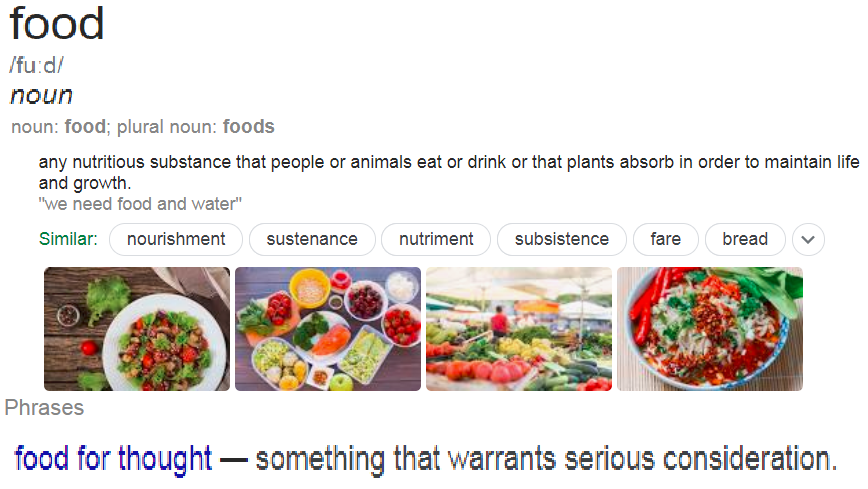HOTGLUE page by Domenica Muilwijk


a)Misconsumption
At a global level, evidence indicates a transition in nutrition, a shift away from diets based on indigenous staple foods, such as grains, starchy roots and locally grown legumes, fruits and vegetables, towards more varied diets that include more processed food, more foods of animal origin, more added sugar, salt and fat. This combines with a decline in energy expenditure (sedentary lifestyle, motorized transport, less physically demanding activities,…). Because of these changes in dietary and lifestyle patterns, nutritional and diet-related diseases are increasingly significant causes of disability and premature death in both developing and newly developed countries. These consumption patterns not only undermine the quality of life but also have other negative environmental, social and economic impacts.
b)Overconsumption
In contemporary post-industrial societies, where the food system provides people with ample access to a wide variety of foods, many of which are high in fat and are calorically dense, there is a strong link between food, eating, and weight. Overweight and obesity are one of the greatest public health challenges of the 21st century. Its prevalence has tripled in many countries in the EU since the 1980s, and the numbers of those affected continue to rise at an alarming rate, particularly among children. The major complications of excess weight are type 2 diabetes, high blood pressure, coronary heart diseases, strokes, a range of cancer types, arthritis, tooth decay and osteoporosis. A series of disabilities and psychological problems are linked directly to excess weight.
If the increasing number of people suffering from obesity worldwide is a concern for public health, it has also an impact on greenhouse gas emissions: growth of emissions in the transport sector due to the increased weight of passengers, as well as emissions increases due to increased food production and a higher degree of food processing during the food production chain, both related to a higher demand for food products.
c)Between over-consumption and misconsumption: eating disorders (anorexia, bulimia, …)
Generally, when food is scarce, cultural ideals favor a large body, whose “abundance” symbolizes wealth and status. Conversely, in times of plenty, social mores shift towards disciplining food intake, and the thin body becomes the ideal. Regimes of body control, particularly through the regulation of food intake, are now common features of Western culture and starts to permeate other cultures; eating disorders are increasingly becoming a global problem.
d)Underconsumption
While inhabitants of industrialised countries often consume too much calories leading to negative health effects, still a too large proportion of inhabitants of developing and emerging countries have no access to enough food and safe drinking water. Agricultural production at current levels could feed everyone on the planet, but it does not. Beyond the nutritional minimum requirement of 2300 calories per day, each person could regularly be provided 2650 calories. Yet, there are still 854 million undernourished people worldwide: 820 million in the developing countries, 25 million in the transition countries and 9 million in the industrialized countries. Adequate nutrition could be derived from grains, but only 40% of the grain grown in the world is fed to livestock to produce high-priced meat. Moreover, large parts of the surface of the globe are used to produce luxury products for rich consumers – for example beef, sugar, coffee, tea, and chocolate, at the expense of food crops for less affluent consumers.